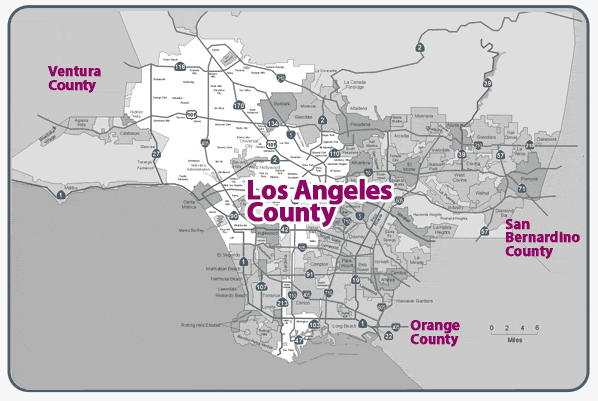written by Guest blogger, Phil Ansell, Los Angeles County Homeless Initiative
Mainstream government systems are fundamental to combating homelessness; yet, homeless service providers often struggle to effectively engage mainstream health, social services, and criminal justice systems.
Mainstream systems are key because:
- Many more public dollars are typically spent on services to homeless families/individuals in mainstream systems than in the homeless services systems
- Mainstream system services, such as mental health, income support, employment, and substance use disorder treatment are often essential to enabling a family/individual to exit homelessness
- Mainstream systems often contribute to homelessness, for example, by discharging people into homelessness from jails/prisons, hospitals, and foster care or terminating assistance which is used for rent.
Bringing all systems to the table
In August 2015, the Los Angeles County Board of Supervisors launched the Homeless Initiative to combat the crisis of homelessness, which pervades Los Angeles County. On a single night in January 2016 nearly 47,000 in Los Angeles County experienced homelessness. The initial goal of the Homeless Initiative was to develop a coordinated set of strategies to combat homelessness. Two key premises underlay the inclusive, collaborative planning process, which resulted in 47 strategies that the Board of Supervisors unanimously approved. Those key premises are:
- Collaboration between the County, cities, and community providers is key to effectively combating homelessness
- Mainstream health, social services, and criminal justice systems must play a central role.
The planning process brought together 400 representatives from 25 County departments, 30 cities, and over 100 community partners in 18 policy summits over a 10-week period. Mainstream system participants included health, mental health and substance abuse; social services and child welfare; and law enforcement and probation.
Through this planning process, which was fundamentally characterized by deep listening, insights and relationships were forged which resulted in sophisticated strategies at the intersection of the mainstream and homeless services systems. For example, the County is now funding bridge housing for individuals who would otherwise be homeless upon exiting County institutions such as jails, hospitals, and foster care. The County is also funding rapid re-housing for parents in the child welfare system whose homelessness is the sole barrier to reunifying with their children.
By working together to holistically identify the best ways to combat homelessness, leaders of the homeless services and mainstream systems discovered solutions they could not have identified on their own. Now, nine months into implementation of those strategies, the same passion, compassion, and spirit of collaboration that animated the initial planning process are sustaining our joint effort to combat homelessness – in all its complexities – throughout Los Angeles County.

